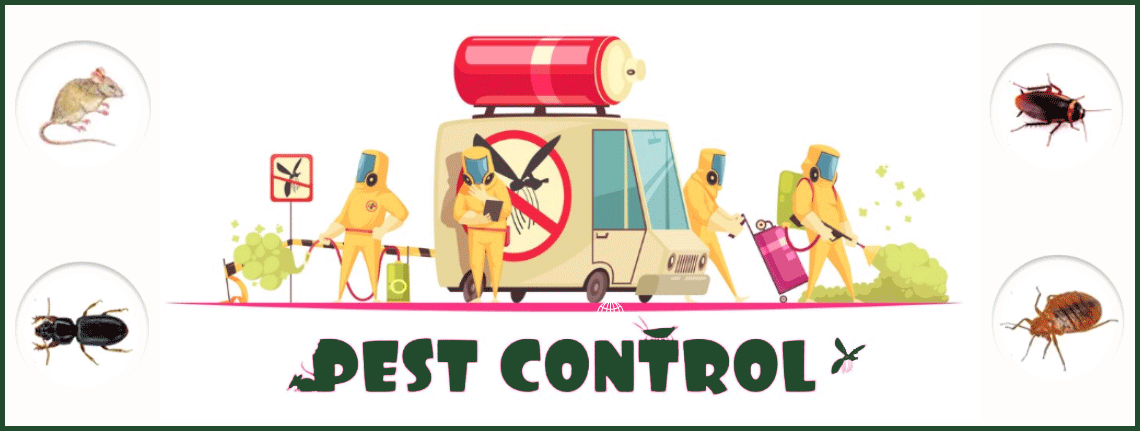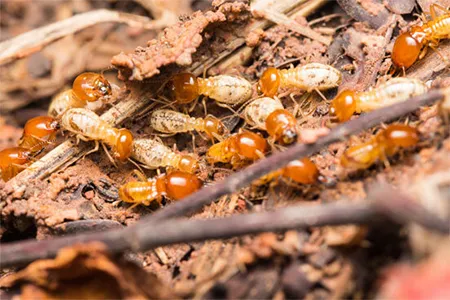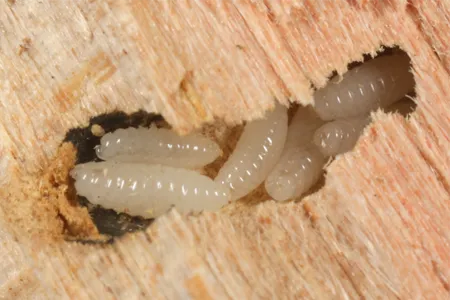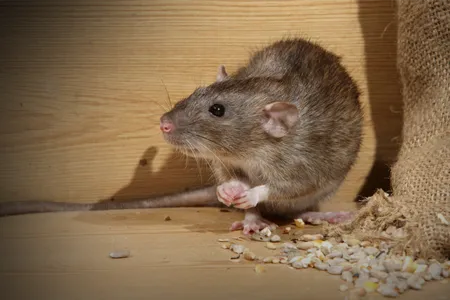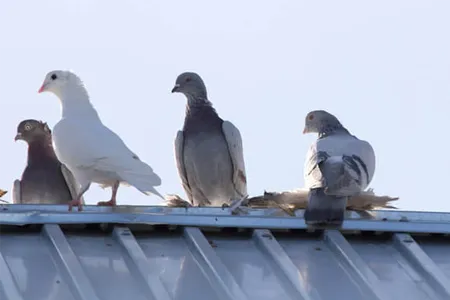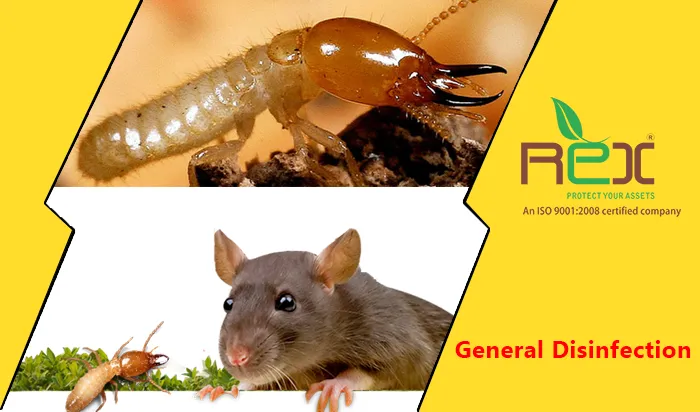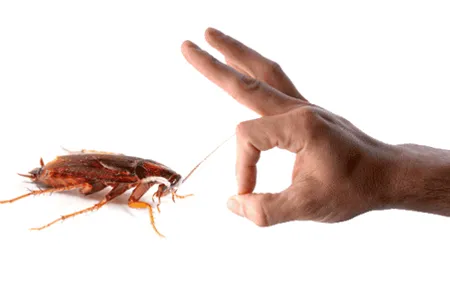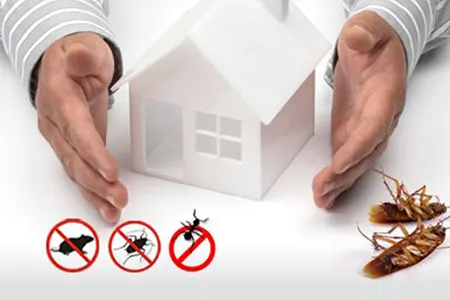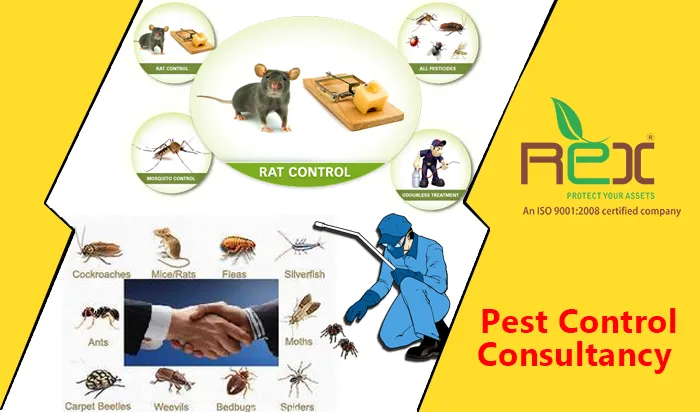- Home
- About Us
- Pest Control Services
- Pest Control Near Me
- Pest Control Near Navrangpura
- Pest Control Near Ashram Road
- Pest Control Near Satellite
- Pest Control Near Gota
- Pest Control Near S.G Highway
- Pest Control Near Bapunagar
- Pest Control Near Vasan
- Pest Control Near Naranpura
- Pest Control Near Vadaj
- Pest Control Near Nikol
- Pest Control Near Naroda
- Pest Control Near Vejalpur
- Pest Control Near Naranpura
- Pest Control Near Ellisbridge
- Pest Control Near GIDC
- Pest Control Near Vatva
- Pest Control Near Sanand
- Pest Control Near Gandhinagar
- Pest Control Near Me
- Enquiry
- Video
- Contact Us

